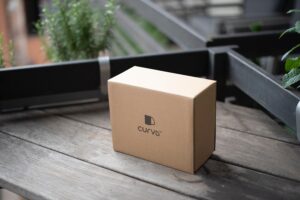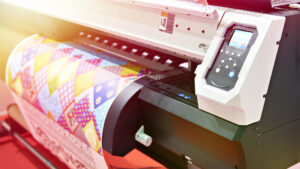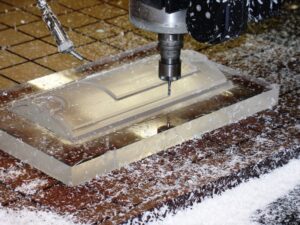An Easy Step By Step Guide To Printing QR Codes

When you print a QR code, it scans flawlessly. Simple errors in QR code printing can prevent your clients from scanning it correctly. Before printing a QR code, what should you keep in mind to ensure that it works properly? Here are some tips!
Tips for printing QR codes
Size
The size of a QR code is essential when printing or distributing it. More significant QR codes are easier to read from a distance. In contrast, little QR codes typically go unseen and unscanned. Unless the item being printed is small, it is best to avoid small QR codes. A QR code should be 11*11 inches on business cards or brochures. For QR code printing, always go with a size up if you’re doubtful. As the code size decreases, the QR scanner must move closer to the object.
Call To Action
Your target market may see your code, but they must also know what it represents. Add a call to action around or above the QR code, indicating the objective of scanning. Before printing a QR code, tell the consumer to ‘Scan to avail the deal’ or ‘Scan to visit our website.’
Awareness
Beginners might not even know how to scan QR codes, therefore providing instructions is helpful. Simplify instructions to avoid misunderstandings.
Content
When printing QR codes, keep in mind that they are used to redirect users to a URL. So the user must have a reason to scan the code. Avoid having a prospective consumer scan a QR code to a page that doesn’t exist or contains useless information. If the data you want to share is dynamic, print a dynamic QR code instead of a static QR code.
Media
Avoid using fuzzy photos for QR codes because they look sloppy and ugly. Pictures in JPG or PNG format work nicely for business cards and brochures. At the same time, EPS and SVG may be printed at large sizes without blurring.
Design
Print media frequently drops black and white coding. Adding colors and media is a simple method to attract your target customers. The QR Code Generator lets you choose from many types, patterns, colors, and logos. But keep in mind that a QR code should seem like a QR code so your audience knows it must be scanned. Also, smartphone cameras may not identify a complex QR code. A nice QR code should be viewable on paper.
Placing of QR Code on different material
It is crucial to keep in mind the following points when printing a QR code on any product:
- The height of the QR code should be at eye level for advertising material at a distance so that the person scanning it may easily focus the camera on it while holding his smartphone quickly.
- To scan the QR code from a distance should be large enough to be printed on a flyer or poster.
- If you’re printing a QR code as small as 11*11 inches, the product should be designed such that the scanner may go as close to it as it needs.
- The QR code should not be printed on a shiny surface or behind glass.
- Inkjet printers can’t print QR codes on folded paper or textured bases.
Multiple QR codes together
If you must print multiple QR codes on the same base, there must be some separation or unique identification for the user to identify between them. You can keep them in different colors with a clear message or a call to action, so the person scanning it understands where he is being directed.
Test your QR Code
Before printing and distributing the QR code, testing the code helps assure an easy scan and troubleshoot for any errors in the code.
Before deciding on the material and background color of the item to print the code on, you must consider the code size and color combination. You can simplify Troubleshooting by experimenting with various apps, devices, and operating systems. Request proof of the QR code from your printer before printing a large-size print.






